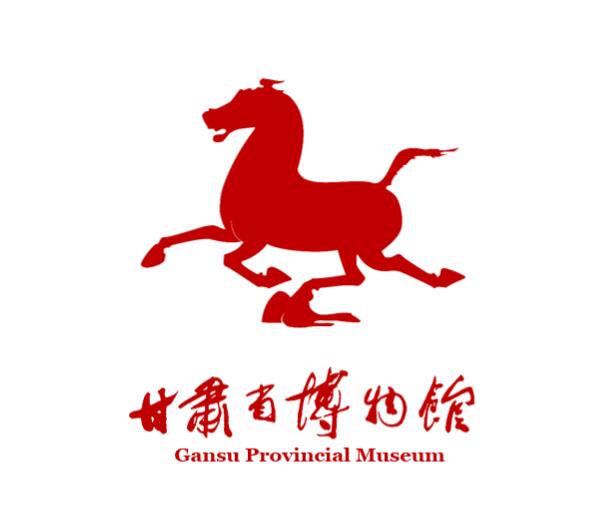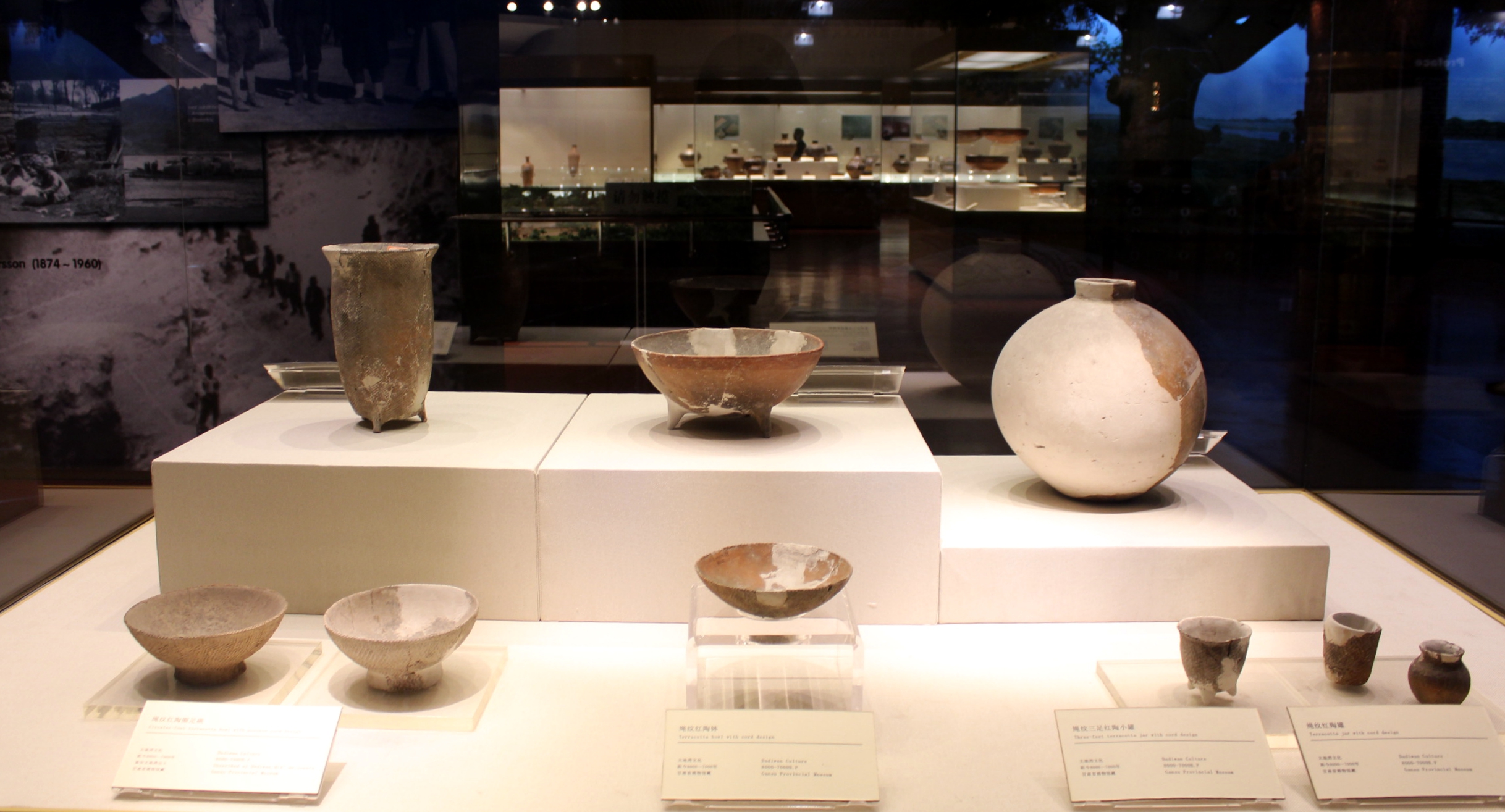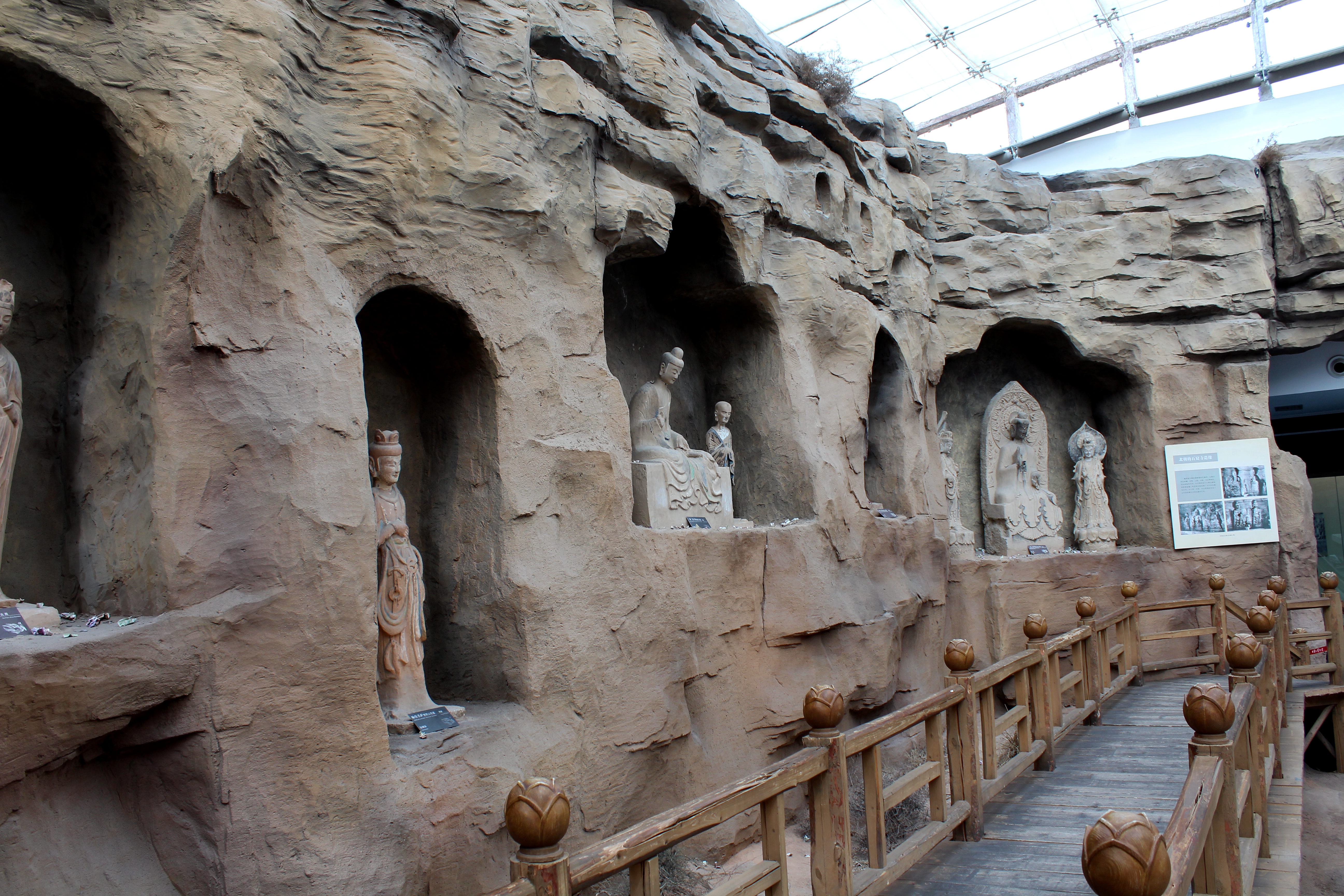Gansu Silk Road Civilization
- Gansu Provincial Museum
- Time:2020-12-18 15:40
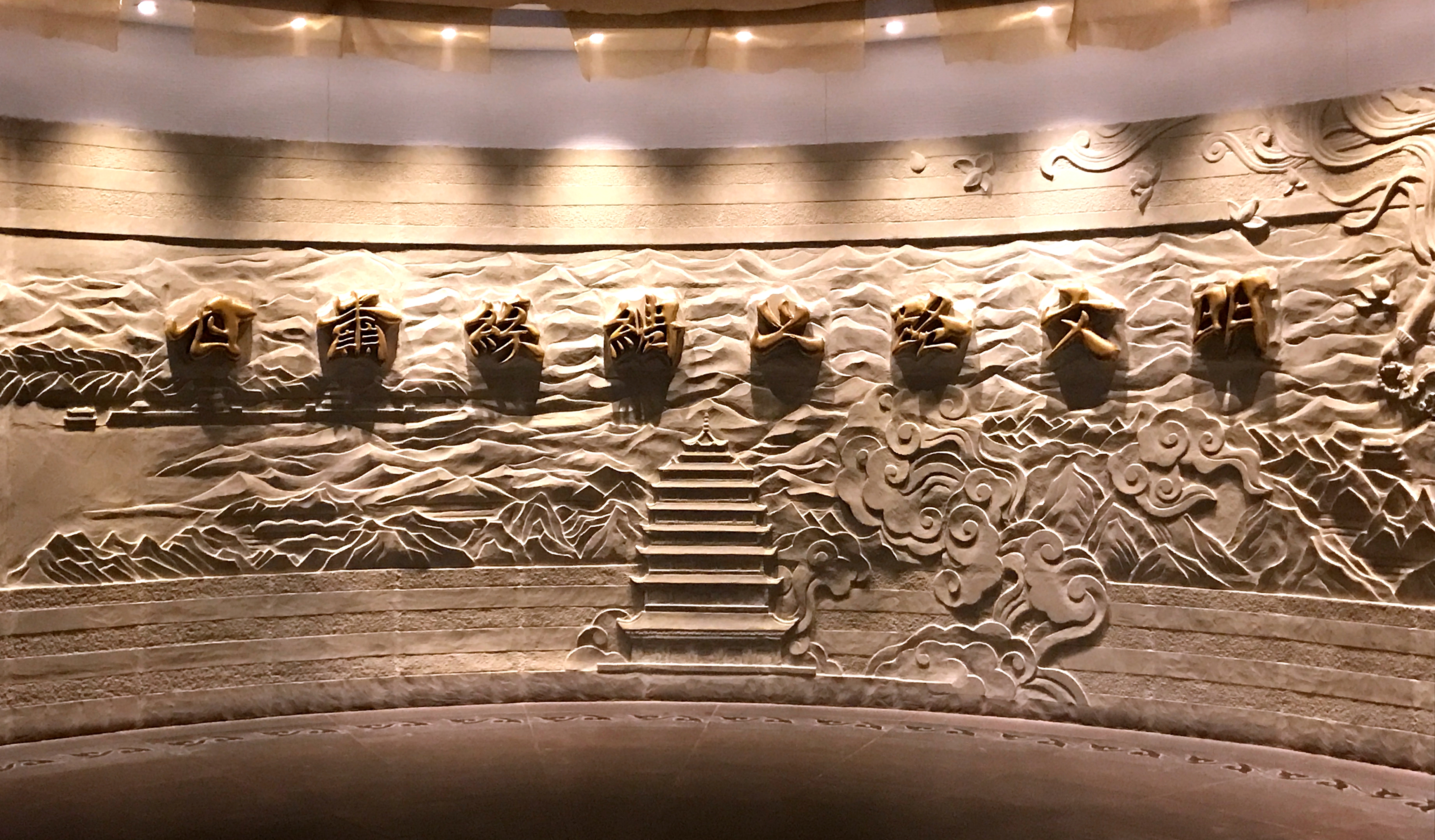
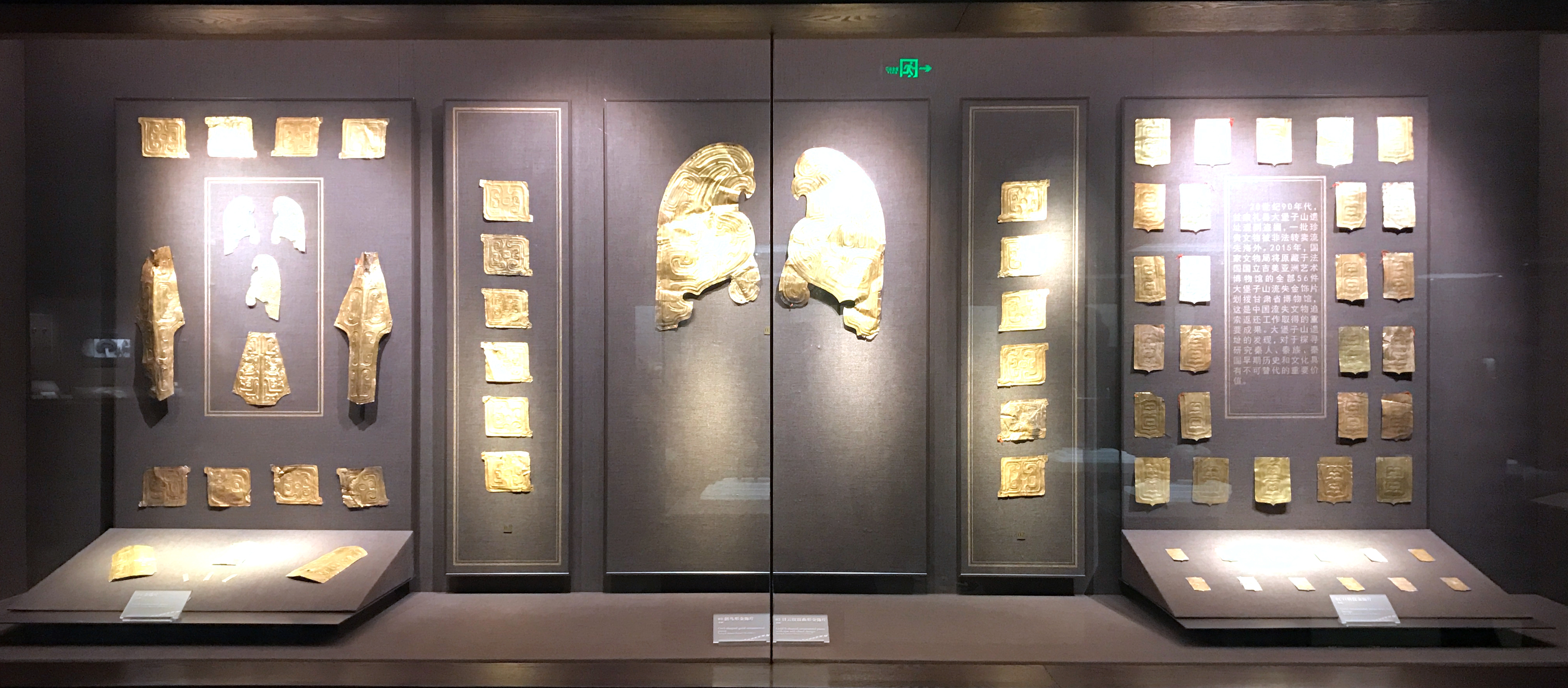
The communication between the East and the West has a long history, people living in different regions have been in contact and communication. 2nd Century BC, after Emperor Hanwu sent Zhang Qian to the western regions and opened the western regions, a trade route and cultural corridor was formed between ancient Chang'an and Rome, which featured Silk Trade and traversed Asia, Africa and Europe, china and the far-off Western world broke through the geographical shackles and began a real sense of political, economic and cultural exchanges, greatly enriched and accelerated the process of world civilization. German geographer Ferdinand von Richthofen first called it the Silk Road in the 1870s. Gansu Province, located in the eastern section of the Silk Road, is the Gateway of ancient China to the West, as well as the main road and one of the most active regions. The opening up and development of the Silk Road and the blending and collision of Eastern and Western cultures have left numerous splendid historical and cultural treasures in Gansu, presenting the splendor of ancient civilization.
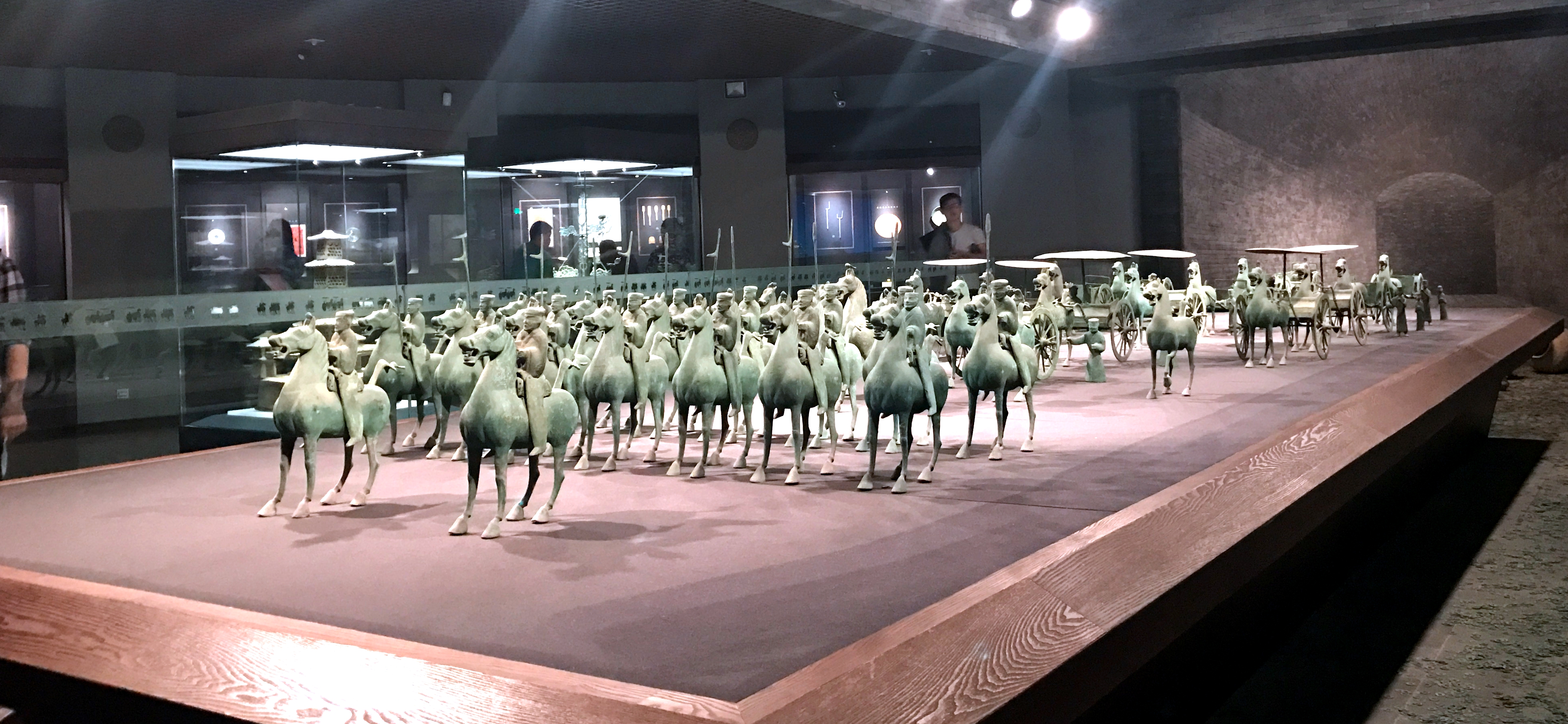
"Silk Road Civilization" exhibition is currently the only domestic exhibition on the theme of the Silk Road. The exhibition brings together top notch archaeological finds from the Gansu Provincial Museum and its 28 prefectural and county museums throughout the province over the past 50 years, including painted pottery, bronze, jade, gold and silver, bamboo slips, silk, Sancai, clay sculpture, murals, calligraphy, stone statues tower, porcelain and other more than 420 pieces (group) fine cultural relics.
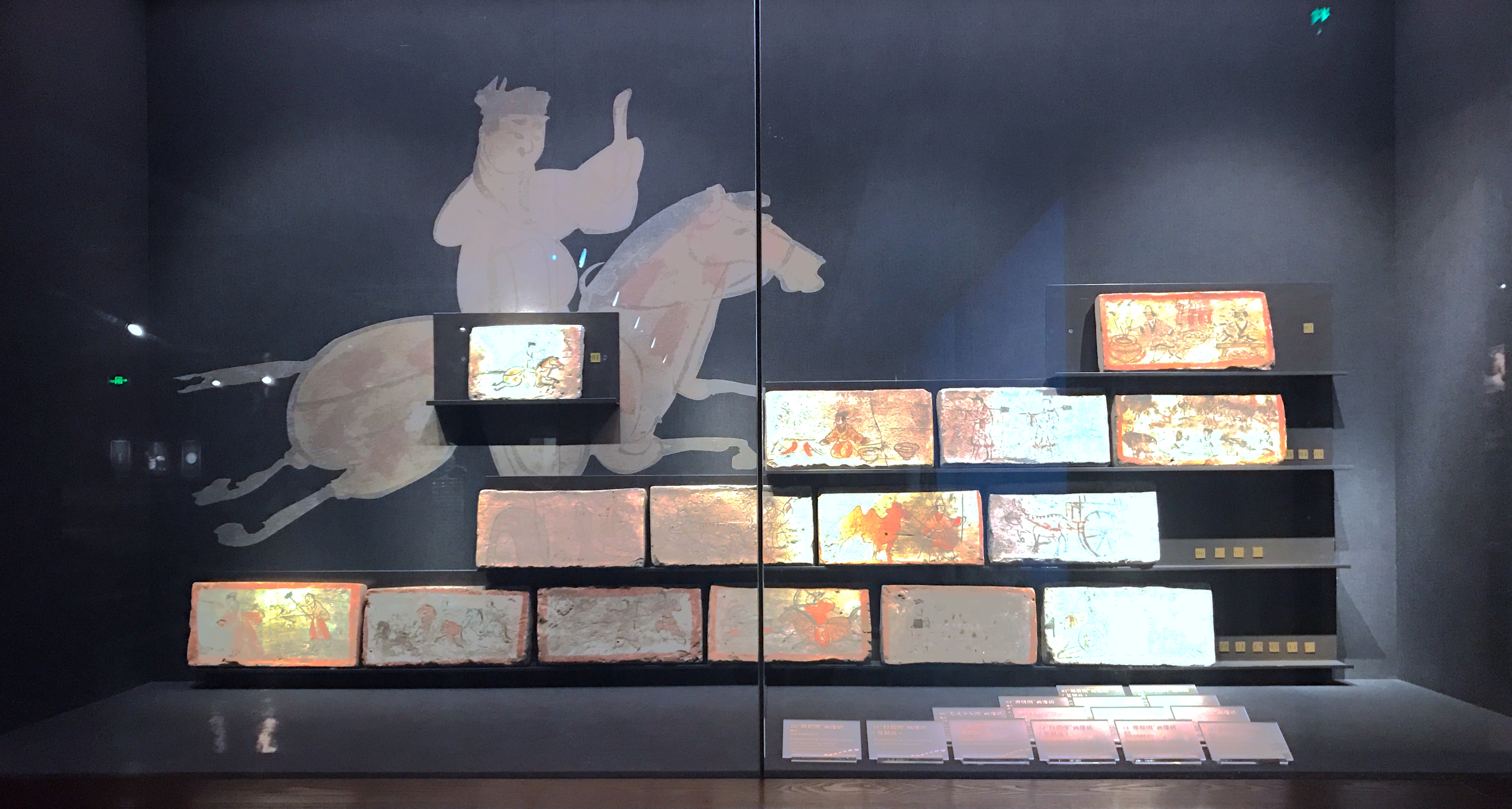
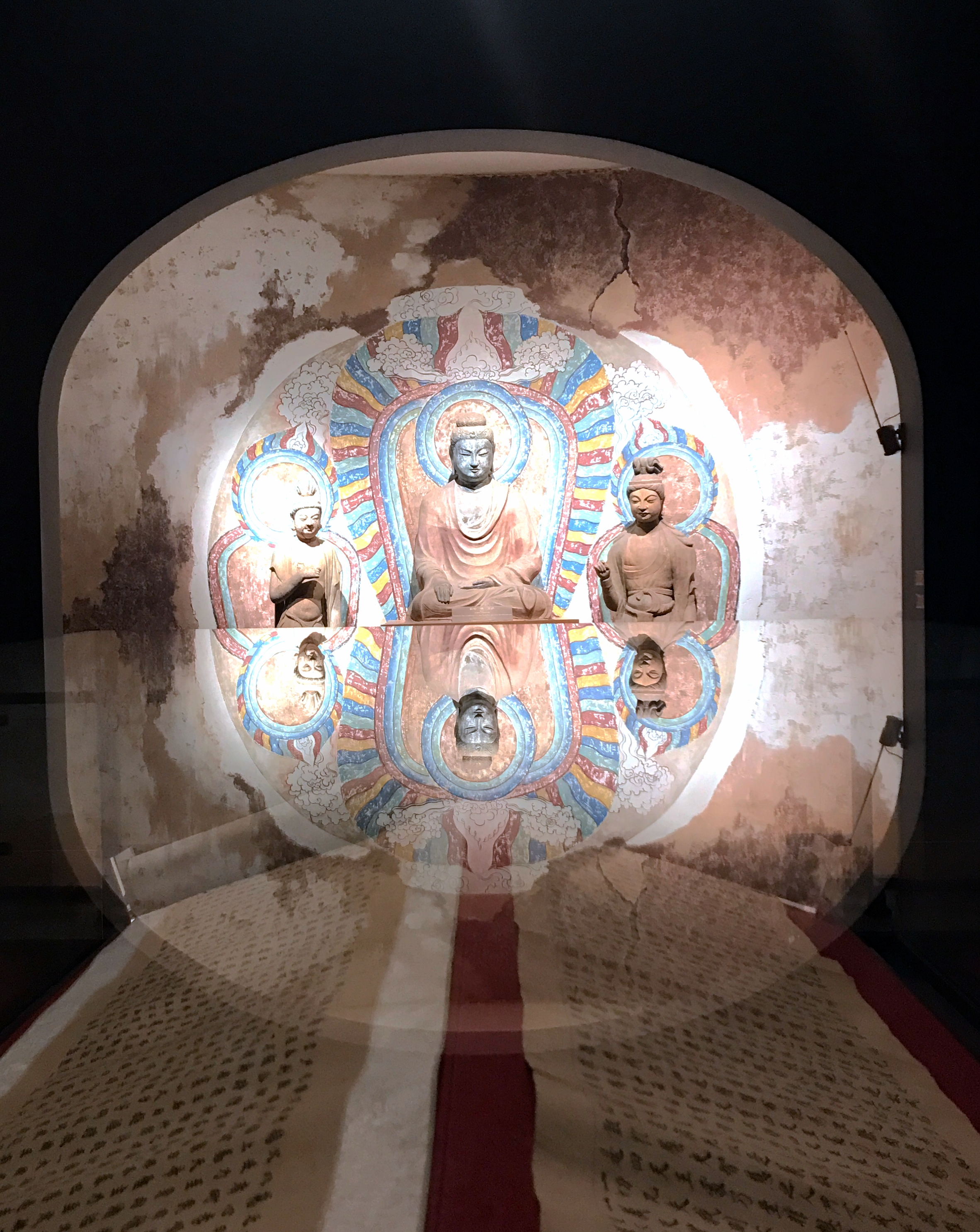
The exhibition is divided into four sections: The prelude of the Silk Road, the opening up of the Silk Road, the prosperity of the Silk Road and the extension of the Silk Road, it mainly shows the evolution of civilization and the exchange and fusion of politics, economy and culture from the Bronze Age to the development of Gansu Silk Road in Qing Dynasty.


Editor:Yangcong
